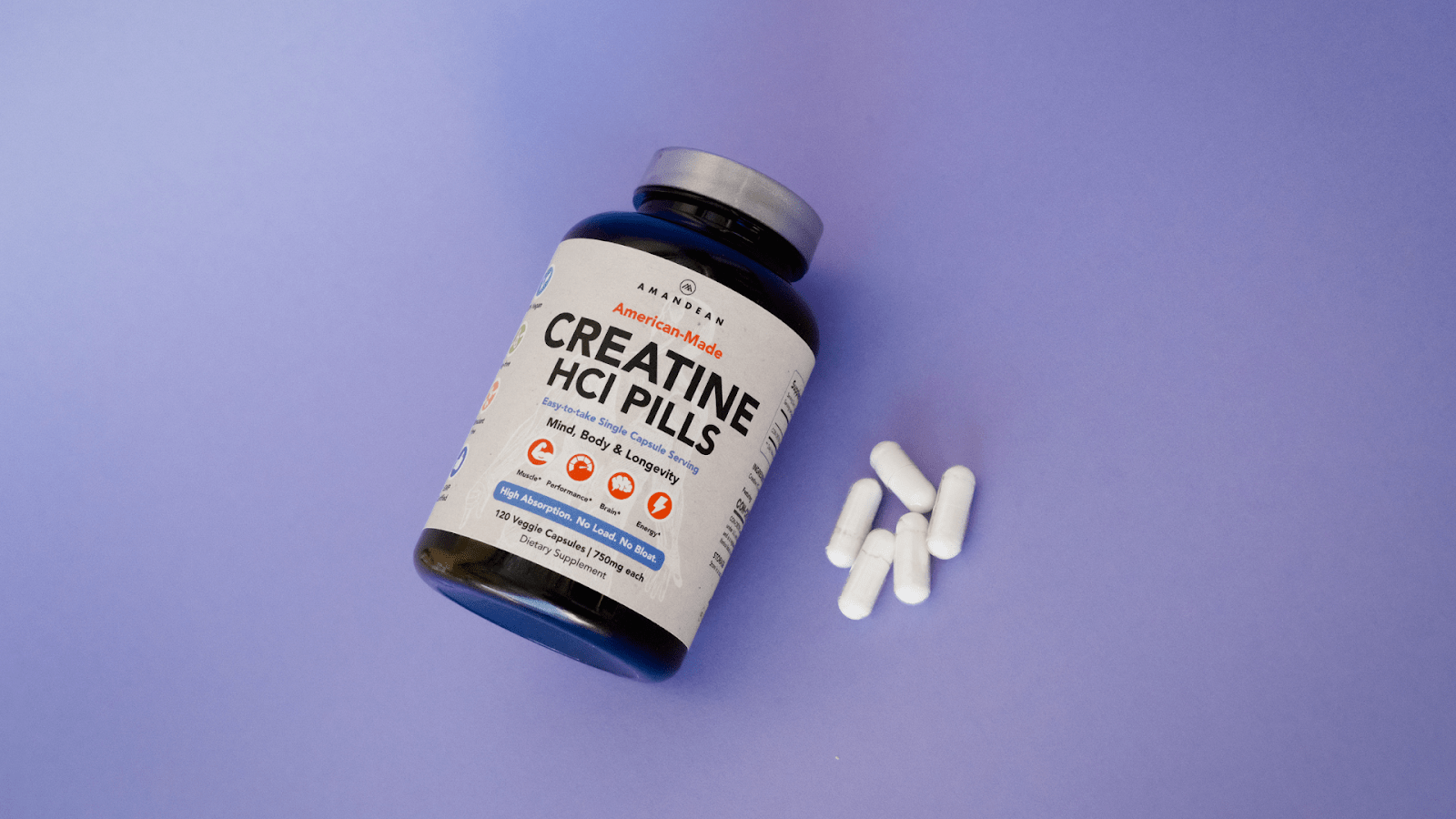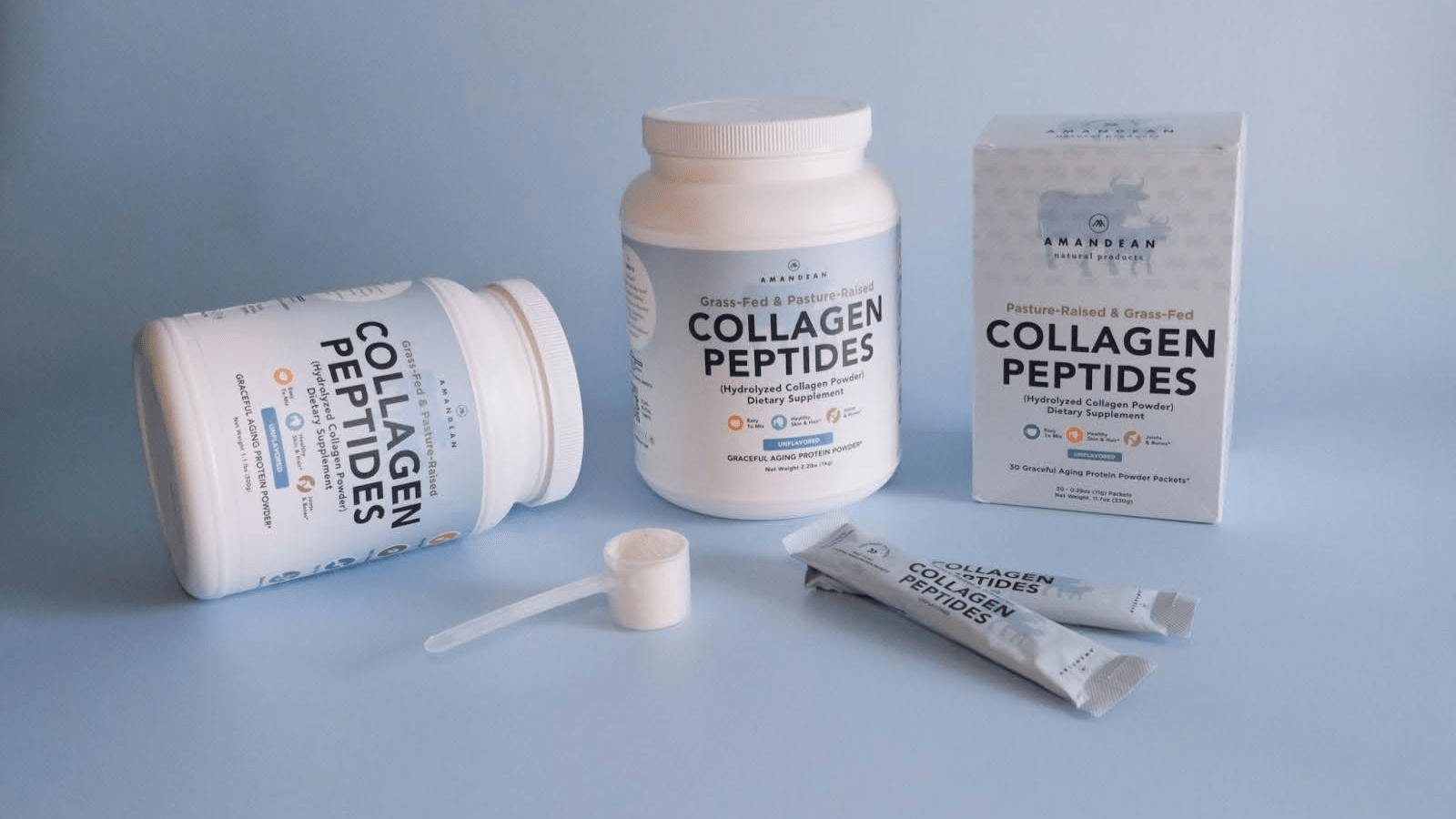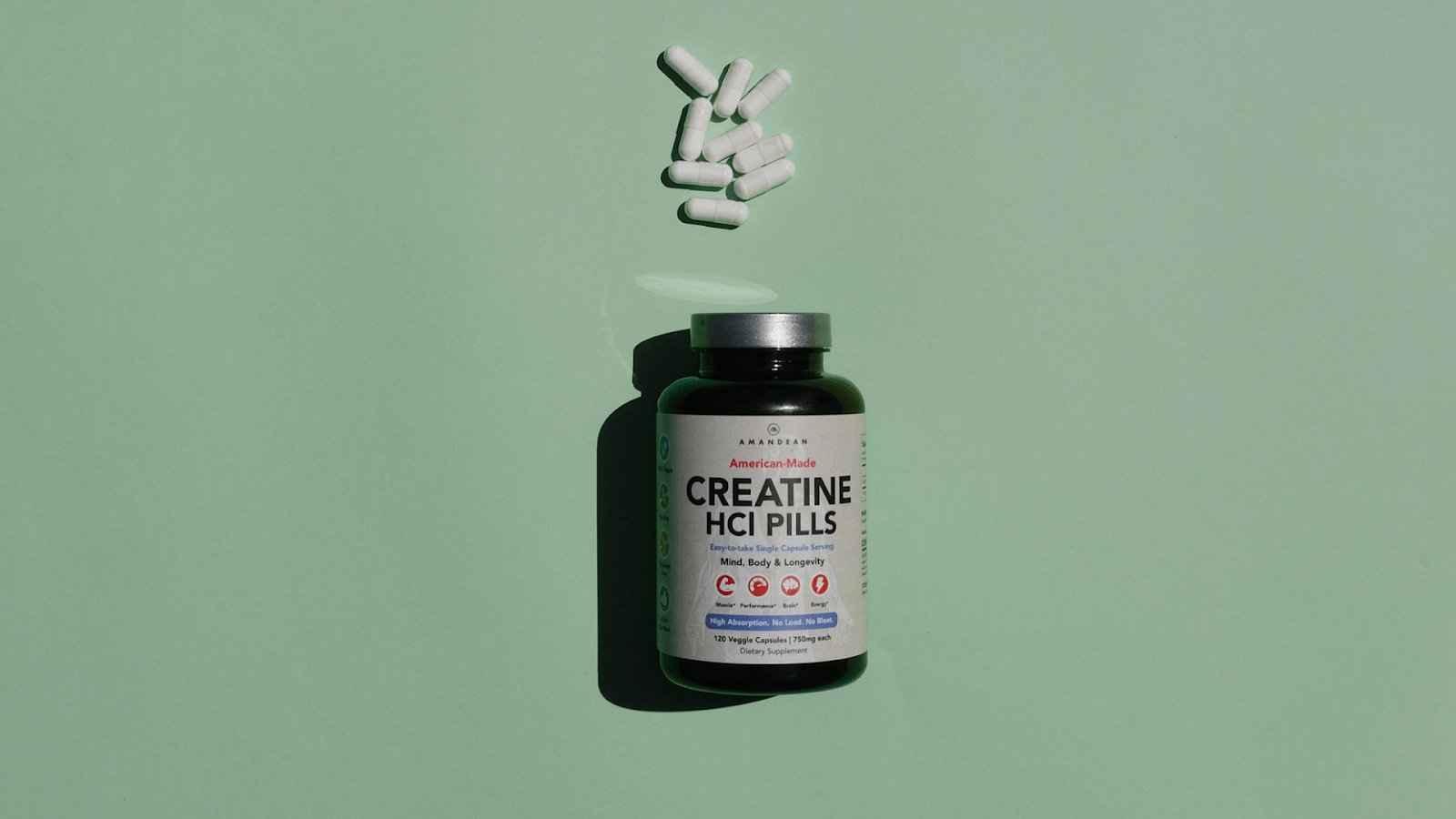Your Cart is Empty

October 04, 2021 6 min read
To define what "prediabetes" really means, let's first review how diabetes affects the body. Diabetes is a condition in which blood glucose, or blood sugar levels, are too high. This occurs because the body's cells start to form resistance to a hormone produced by the pancreas called insulin, which helps carry glucose from food to your cells for energy. Insulin resistance is very problematic because the body uses glucose as its main source of energy. When there is too much glucose in the blood, it can lead to serious health conditions such as stroke, heart disease, hypertension (high blood pressure), high cholesterol, kidney disease, nerve damage (neuropathy), retinopathy (an eye condition), and more.

There are three main types of diabetes. Type 1 diabetes can begin in early childhood and the causes are unknown. In type 1 diabetes, the immune system attacks the nerve cells within the pancreas, stunting its production of insulin. Type 2 diabetes can develop at any age and is usually attributed to lifestyle habits. It is characterized by the body’s inability to produce insulin or to produce enough insulin. The third type, called gestational diabetes, affects some women during pregnancy and often ceases once the child has been born. Of the three, prediabetes is only a precursor to type 2 diabetes.
The name prediabetes can sound a little bit scary or intimidating. Essentially, those with prediabetes typically have high blood sugar levels, but not high enough to be classified as diabetic. Prediabetes can be diagnosed through various tests to measure fasting blood sugar levels such as:
Prediabetes does not always come with clear symptoms or warning signs. In fact, most people with prediabetes are not even aware of their condition. Though a prediabetes diagnosis can serve as an opportunity to make healthy choices and prevent diabetes from getting worse, it can also cause serious symptoms on its own if not managed. Thus, frequent testing is critical.
The symptoms of diabetes and prediabetes have some overlap, but they aren't exactly the same. In some cases, people who are prediabetic have very mild, often unnoticed symptoms, or they don't experience any symptoms at all. In other cases, however, they can be much more severe. Symptoms of all severity can eventually lead to type 2 diabetes and thus should never be taken lightly. The possible symptoms of prediabetes or warning signs that you may develop diabetes include:

Certain lifestyle and inherited risk factors may put you at risk of developing prediabetes and/or diabetes. These factors include:


If any of these factors apply to you, consider speaking with a healthcare professional to schedule regular blood sugar tests. Tracking blood glucose levels can be a useful indicator of prediabetes and diabetes risk.
You can also take this free online prediabetes risk assessment (created by the CDC and the American Diabetes Association) to discover your individual risk.
Luckily, a prediabetes diagnosis can help you kick your diabetes prevention program into gear. There are certain lifestyle factors in your control and they may be able to help you decrease your risk of diabetes and prediabetes. According to the CDC these include:

Take our quiz and find which supplements your body is craving.

Don't wait on a diagnosis to kickstart your diabetes prevention plan. By following the simple and oftentimes FREE lifestyle changes listed above, you can take hold of the reins and steer clear of prediabetes, before it has you corralled.
When there is too much glucose in the blood, it can lead to serious health conditions such as stroke, heart disease, hypertension (high blood pressure), high cholesterol, kidney disease, nerve damage (neuropathy), retinopathy (an eye condition), and more.
The possible symptoms of prediabetes include increased thirst, excess hunger, frequent urination, fatigue, blurred vision, darkened skin.
Active lifestyles are associated with a decreased risk of diabetes due to weight control, fat and sugar burning, and insulin sensitivity.
Unsweetened protein supplements such as grass-fed gelatin and marine collagen can provide satiating, low-calorie protein to help you feel fuller longer, without any extra sugar.
Omega-3s may help shrink your waistline when combined with other healthy lifestyle changes, reducing some of your risk factors of prediabetes.

October 17, 2025 8 min read
Find out why creatine is better for vegans! Boost your wellness game and unlock peak performance with Amandean's premium supplements today.

October 16, 2025 7 min read
Learn whether collagen in coffee is just another wellness fad. Examine the facts, benefits, and how to use collagen in coffee for beauty and joint support.

September 22, 2025 9 min read
Unlock the full benefits of creatine for women. Boost energy, beauty, and brainpower with Amandean’s clean formulas.